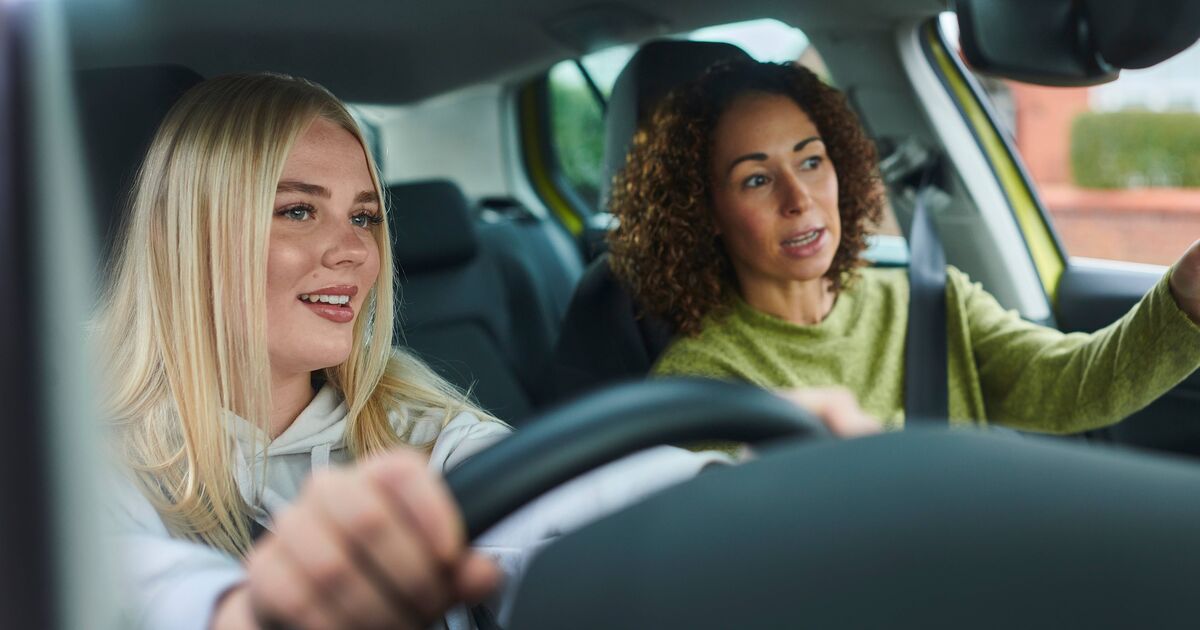Young motorists could see their insurance premiums slashed thanks to the latest wave of tech-savvy gadgets, according to recent analysis. Defaqto, a financial ratings firm, has observed a shift in car insurance providers from traditional hard-wired black boxes to more affordable and easy-to-install gadgets and applications.
These app-based devices, which can be stuck to the screen or plugged into a socket, eliminate the need for engineer visits and enable insurers to monitor driving behaviour immediately, Defaqto explained. The company, known for its comprehensive database of financial products, noted that many of these systems come with an “online dashboard” where drivers can assess their driving patterns and receive tips for improvement.
Certain telematics tools also offer added benefits like automatic crash notifications and theft tracking, providing invaluable reassurance for parents, Defaqto highlighted. The findings were based on an analysis of Defaqto’s database as of July 24, 2025.
Defaqto’s motor insurance specialist, Mike Powell, said: “Snap-on sensors mean young drivers no longer have to hand over their keys for a black box fitting, and that convenience often means insurers are also receiving data quicker about their driving style.
“However, not all of the new devices include the facility for automatic crash alerts or theft tracking, so young drivers may want to check with the insurance provider to see if these are available.
“Technology is still the best way to bring down insurance costs for young drivers. Soaring premiums tempt some parents to insure a child’s car in their own name and list the real driver as an additional driver.
“Insurers call this ‘fronting’. It is classed as fraud and can void cover, land parents and teens with higher future premiums and even result in a criminal record. Building a young driver’s own no-claims discount is nearly always cheaper in the long run.”
Defaqto has revealed that windscreen-mounted sensors are now featured on around a third (35%) of telematics products, while “plug-and-drive” gadgets makeup 29% of the market. The number of policies offering engineer-fitted black boxes has plummeted over the past five years, from 50% to just 21%, as insurers move towards more user-friendly “DIY” devices.
The majority (83%) of telematics products still provide an online dashboard for drivers to monitor their braking, speed, and night-time driving habits. However, the availability of features such as crash alert and theft tracking has decreased over the last five years, now included in only 40% of policies, a drop from 57% and 52% respectively.
The market choice for telematics has also diminished, according to Defaqto, which found the number of providers has fallen from 39 to just 22 over a five-year period.
Ways young drivers can potentially reduce their costs and stay safe
Mr Powell made the following suggestions:
1. Cars with smaller engines, strong safety ratings and modest repair costs can mean lower premiums in the first place.
2. If your car has an alarm or immobiliser fitted, include this information when you get a quote, as this could potentially reduce a premium.
3. Consider taking an advanced driving course. Some insurers may reward this with a discount.
4. Choose the right telematics insurance product – those that come with a gadget to track your driving style and reward safe driving behaviours.
5. Consider whether you can add (but do not fake) a parent driver. Listing mum or dad as an additional driver shows shared use and often cuts the price. But never claim that a parent is the main driver if this is not the case.
6. Consider a higher voluntary excess, but know what you could afford if you claim. The excess is an amount that the customer agrees they will pay towards an insurance claim.
7. Consider paying annually if possible. Instalment plans may carry interest charges.
8. Try shopping around and speaking directly to insurers. Extra questions could potentially unlock better deals.

